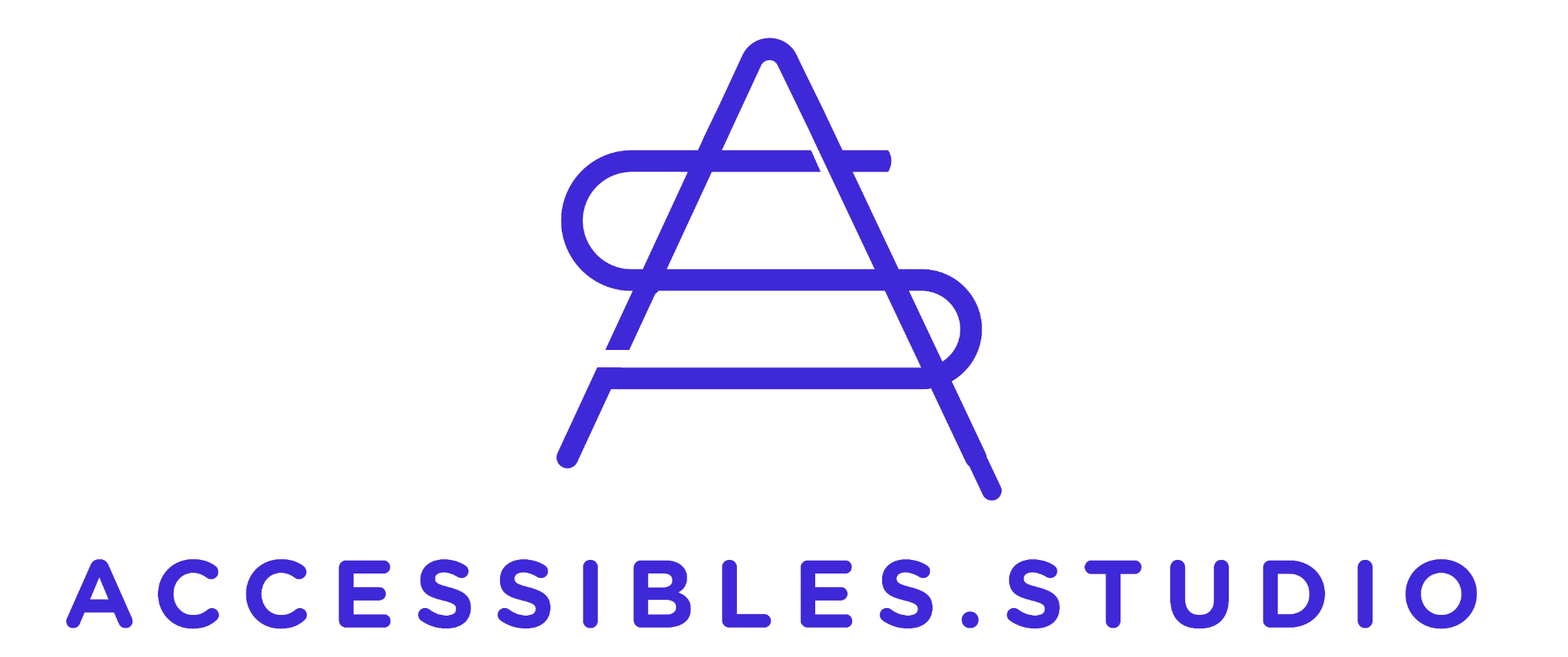In the expansive world of the internet, where countless users embark on digital journeys daily, the concept of web accessibility stands tall as a cornerstone for ensuring an inclusive online experience. But what exactly does web accessibility mean, and why is it so crucial in the design and development of websites and digital content?
Defining Web Accessibility: A Gateway to Inclusion
At its core, web accessibility is about creating digital spaces that are welcoming to everyone, irrespective of their abilities or disabilities. It’s the practice of designing and developing websites and digital content in a way that ensures equal access and usability for all users. Web accessibility breaks down barriers, fostering an environment where individuals of all abilities can perceive, understand, navigate, and interact with online information and services.
The Guiding Principles of Web Accessibility
To grasp the essence of web accessibility, it’s vital to delve into the guiding principles that underpin this practice. The Web Content Accessibility Guidelines (WCAG), crafted by the World Wide Web Consortium (W3C), serve as the global standard for web accessibility. These guidelines are built upon four key principles, often referred to as the POUR principles:
1. Perceivable:
– Ensure that information and user interface components are presented in ways that users can perceive. This includes providing text alternatives for non-text content, making content adaptable and distinguishable, and offering captions and other alternatives for multimedia.
2. Operable:
– Guarantee that users can interact with and navigate the website effectively. This involves keyboard accessibility, providing sufficient time for users to read and complete tasks, avoiding content that could cause seizures or physical discomfort, and designing navigation that is intuitive and straightforward.
3. Understandable:
– Ensure that information and operation of the user interface are clear and straightforward. This principle emphasizes readable and predictable text, input assistance to prevent and correct errors, and consistent navigation and functionality.
4. Robust:
– Ensure that content is robust enough to be reliably interpreted by a wide variety of user agents, including assistive technologies. This involves using valid and semantic HTML, ensuring compatibility with current and future technologies, and providing fallback mechanisms for content.
The Impact of Web Accessibility on Users
Understanding web accessibility’s impact requires considering users with various abilities. For individuals with visual impairments, screen readers are essential tools that convert text into synthesized speech, enabling effective navigation. Alt text for images, proper document structure, and keyboard navigation are crucial elements for a positive experience.
Users with hearing impairments or deafness benefit from captions and transcripts for multimedia content, ensuring access to information presented through audio or video. Additionally, individuals with motor impairments may rely on alternative input methods, making keyboard accessibility and customizable interfaces vital for their online experience.
Cognitive and learning disabilities pose unique challenges, emphasizing the need for clear and simple language, consistent navigation, and additional support features. Web accessibility aims to break down these barriers, fostering an environment where everyone can engage with digital content without facing unnecessary challenges.
The Legal Landscape and Ethical Imperative
Beyond the moral imperative to create an inclusive digital space, there are legal considerations that underscore the importance of web accessibility. Various countries and regions have enacted laws and regulations that mandate adherence to accessibility standards. For example, the Americans with Disabilities Act (ADA) in the United States and the Equality Act in the United Kingdom emphasize the necessity of accessible digital content.
Moreover, embracing web accessibility aligns with the broader ethical responsibility of organizations and developers. It reflects a commitment to social responsibility, diversity, and equal access to information and services. By prioritizing accessibility, businesses and creators contribute to a more inclusive society, fostering positive relationships with users and demonstrating a commitment to ethical design practices.
Challenges and Solutions in Web Accessibility Implementation
While the principles of web accessibility are clear, their effective implementation can pose challenges. Developers and designers may encounter complexities in ensuring compatibility with various assistive technologies, maintaining a balance between aesthetic design and accessibility, and staying updated with evolving standards.
However, these challenges are surmountable with the right approach. Training and awareness-building within development teams, conducting regular accessibility audits, and seeking user feedback from individuals with diverse abilities are essential steps toward creating truly accessible digital experiences.
The Future of Web Accessibility: A Call to Action
As technology advances and the digital landscape continues to evolve, the importance of web accessibility becomes even more pronounced. Emerging technologies, such as voice interfaces, artificial intelligence, and virtual reality, present new opportunities and challenges for ensuring inclusivity.
The future of web accessibility calls for ongoing collaboration among developers, designers, policymakers, and users. It demands a commitment to staying informed about evolving standards, embracing innovative solutions, and advocating for the rights of individuals with disabilities to access and contribute to the digital world.
In conclusion
Web accessibility is not just a set of guidelines; it is a transformative approach that has the power to reshape the digital landscape into a space where diversity is celebrated, and inclusivity is the norm. By understanding and prioritizing web accessibility, we contribute to a more connected, empathetic, and equitable online world for everyone. It is not merely a technological endeavor; it is a commitment to creating a digital future that leaves no one behind.
"Web accessibility is more than guidelines; it's a transformative commitment to shaping a digital world where diversity is celebrated, and inclusivity is the norm. By prioritizing equal access, we pave the way for a more connected, empathetic, and equitable online future."



